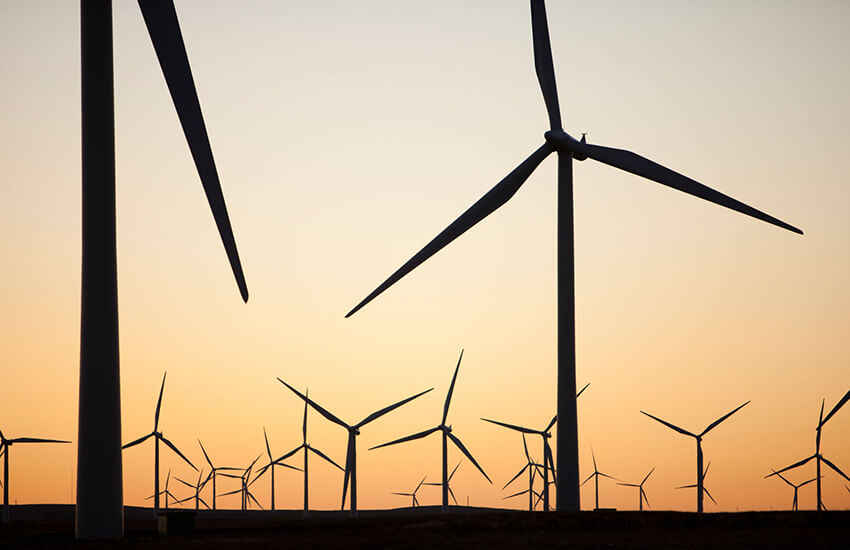Scottish Power to build vast battery to improve wind energy supply – Energy firm says project will be big step towards continuous renewable.
Scottish Power is to undertake the most ambitious battery power project in Europe in an attempt to unlock the potential of the UK’s wind and solar farms.
The company will connect an industrial-scale battery, the size of half a football pitch, to the Whitelee onshore windfarm early next year to capture more power from its 215 turbines.
The first major onshore wind power storage project will lead the way for a string of similar projects across at least six of Scottish Power’s largest renewable energy sites over the following 18 months.
It claims the 50 MW battery systems promise a “significant step” on the road towards renewable energy, providing baseload, or continuous electricity supply, for the UK energy system.
The battery has more than double the power capacity of any existing battery in the UK. It would take an hour to fully charge and could release enough electricity over an hour to fully charge 806 Nissan Leaf vehicles over a total of 182,000 miles, according to a spokesman for Scottish Power.
Keith Anderson, Scottish Power’s chief executive, said: “Batteries will take renewable energy to the next level. It is a nice, neat solution to help use more and more renewable power in the UK, because that’s what we need to be doing to reach a net zero-carbon economy.”
The lithium-ion battery will help Whitelee, already one of the largest onshore windfarms in Europe, to generate more renewable power by storing electricity when wind speeds are high, for use when the wind drops.
“Over a period of time, we will get to use much more wind output from the project, and across the whole of the country, because even at times of low demand we will be able to capture far more of the wind rather than wasting that potential energy,” he said.
For example, the batteries could charge overnight – when demand for power is low – and release electricity in the morning, when demand from homes and businesses begins to rise.
The on-site batteries will also be used to help even out the UK’s “quite clunky” energy system by releasing short bursts of power to fill in second-by-second fluctuations in renewable energy generation. “They can react in milliseconds and are incredibly useful as a virtually instantaneous tool for the energy system operator,” Anderson said.
Scottish Power’s battery rollout is the UK’s most ambitious move into the emerging energy storage sector, which includes projects from the FTSE energy giants Drax and Centrica as well as its wind power rival, Ørsted.
Paul Wheelhouse, Scotland’s energy minister, said the project was an “exciting new chapter for Whitelee”. The windfarm was one of the first major onshore projects built in the UK 10 years ago.
Wheelhouse said it offered “a number of real potential benefits for Scotland’s energy systems, and the Scottish government will continue to support innovation and deployment in this area”.
Scottish Power will begin construction work at the Whitelee project early next year and expects the facility to be fully operational by the end of 2020.
The plans have emerged just months after Scottish Power sloughed off its remaining fossil fuel power plants to become the first major energy supplier to generate all its electricity from renewable energy sources.
The company struck a £700m deal with Drax last year to hand over its four remaining gas power stations in England to focus exclusively on investing in renewable power and its energy networks business.
“Over the next 10 to 20 years, batteries will become a much more important part of the system. We want to start now,” Anderson said.
Whitelee windfarm on Eaglesham Moor. Photograph: Ashley Cooper/Alamy

